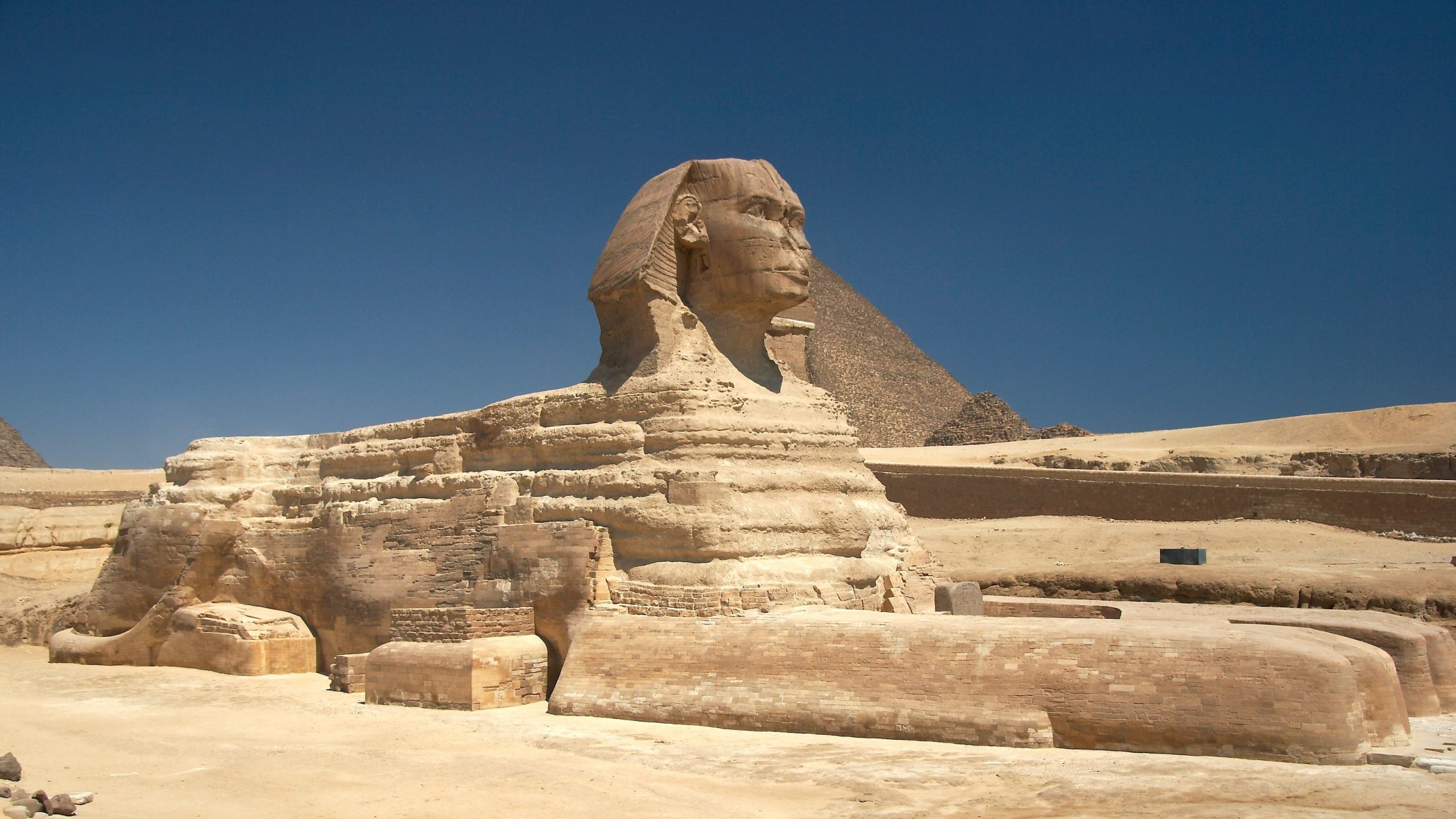History & Heritage
11.23.2021
Why do some ancient Egyptian statues have no nose?

For years, several theories from different sources have tried to explain the destruction of the nose of the famous sphinx facing the pyramids of Cheops, in Egypt. Far from being the only statue with a broken nose in the country, it has long been believed to be an effect of the passage of time, or of the weather. But it turns out that these noses are not so fragile, and would have probably been able to cross the centuries if they had not been voluntarily destroyed…
Several theories on the disappearance of noses
If you’ve read the comic book or watched the movie about the adventures of Asterix and Obelix in Egypt, you must think about this poor Obelix who made the sphinx’s nose fall off while climbing it. Well, this may surprise you, but this is not the real reason for the disappearance of this nose!
Some theories claim that Napoleon Bonaparte, during his great expedition to Egypt from 1798 to 1801, had asked his armed troops to shoot the sphinx statues, in order to assert his power. However, several engravings and paintings of the time represent the arrival of the French emperor among the pyramids, the desert, and… the sphinx without a nose! The supposed destruction of the noses of several statues was therefore prior to the arrival of Bonaparte in the country.
Finally, for some, the torments of time and climate (sandstorm, drought, pollution, rain…) would be the natural reason for the collapse of the nose of the sphinx and those of other Egyptian statues erected in the open air.

A theory more serious than others
It turns out that the noses of the statues, like many other works built by the ancient Egyptians, resist for the most part very well to the passing years and the capricious climate of the region. The reason for the collapse of this part of the face thus lies elsewhere. And the writings of an Egyptian historian called Ahmad al-Maqrîzî can give the first track of answer. According to this historian of the XVth century, the sultan Mohammed Sa’im al-Dah would have destroyed the nose of the sphinx in order to disfigure what he considered as a pagan idol… which led him to end up getting killed by the peasants of the surroundings.
But this medieval sultan is not the only one to have wanted to destroy statues representing divine figures. Already in ancient times, several religious and political men gave themselves to this exercise, sometimes even going so far as to destroy the eyes and mouth of the statues. This is what Egyptologist Edward Bleiberg of the Brooklyn Museum in New York says: “In temples or tombs, the damaged part is the part that had a function during a ritual. If the ritual required the statue to smell, see, hear or even eat, then the nose, eyes, ears or mouth were destroyed to prevent the ritual from working.”
One of the many mysteries of this ancient civilization finally solved?
popular

